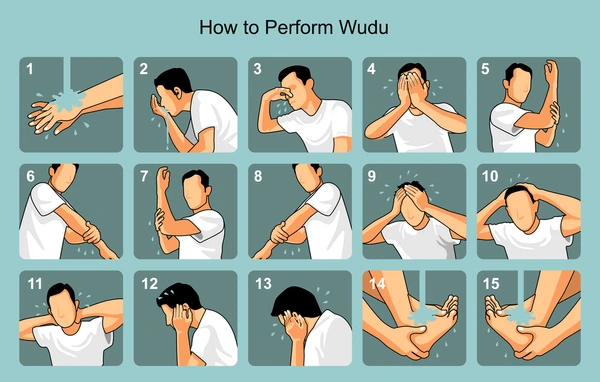The Holy Quran is the sacred book of the Muslims, it is the word of Allah revealed to the prophet Muhammad (peace be upon him) through the angel Jibril. This revelation has lasted 23 years.

The Holy Quran is the heart of Islam, it includes all the teachings and precepts of the religion, for every Muslim, it’s the divine symbol of faith. The Holy Book is also considered a miracle in itself because of its content and scope, which is extended to all possible areas and continues to fascinate scientists for its extraordinary advance over time.
Quran is the best source of inspiration and motivation for all Muslims. We, as a Muslim to be successful in both worlds, should learn and follow Quran Kareem. The following Hadith of Prophet Mohammad (S.A.W.) shows the importance about learning Quran:



